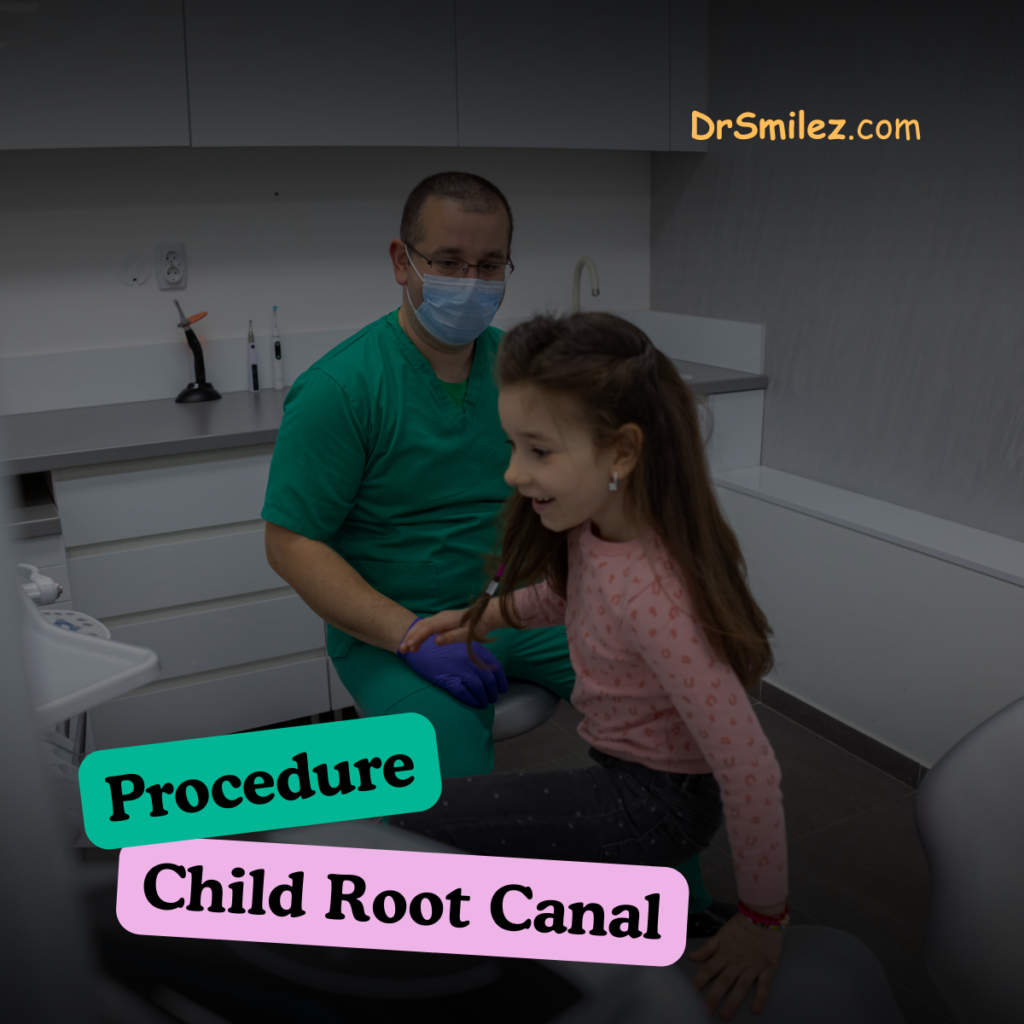When faced with deep decay in a child’s teeth, the initial consideration is often tooth extraction. However, when dealing with permanent teeth, a more viable alternative emerges – Child root canal.
Wondering about the differences between child root canal and the procedures for adults? Child root canal stands out as a highly effective solution specifically designed for deeply damaged teeth. Unlike extraction, it preserves the natural tooth, making it a preferable option.
In this blog, we explore the unique benefits of child root canal and its impact on both adults and children. Gain insights into why this procedure is crucial for maintaining your child’s oral health and discover how it serves as a superior, long-term option for dental care.
What is a root canal?
Root canal is a procedure where the damaged and decayed pulp of the teeth is removed, and the canals are cleaned thoroughly and filled with the fillings. Once the fillings are done, the dentists seal it with the sealants on the top to ensure the safety of the fillings.
Once all these processes are completed, the dentist adds a crown on top of the sealants to give it a natural appearance, with a good level of aesthetics. Usually, in most cases, dentists can perform the root canal treatment, but in more sensitive and complex cases, the root canal treatment is performed by the endodontists.
For children, mostly the root canal treatment is performed by pediatric dentists. For an effective root canal treatment in Chennai, take your child to the best pediatric dentistry near you.
How do I know if my kid is suitable for the child root canal treatment?
First of all, your endodontists will assess the condition of your teeth to ensure that you are suitable for the treatment. There are several factors to consider during the treatment. Here, I have mentioned a few;
Severity:
The severity of the tooth damage determines the suitability of your child for the treatment. Only up to a certain extent, your damaged or decayed tooth can be restored; if it is more than the limit, then tooth extraction is suggested for sure.
Root development stage:
The root development stage in a child’s teeth is also an important factor to consider. If a child’s tooth roots have efficiently grown and developed, then choosing the root canal treatment is of the best use.
Dental evaluation:
Dental Evaluation is also necessary to make sure your child is suitable for the treatment. The dental team assess your child’s dental health to ensure that they are suitable for the treatment.
Decay:
If you are having severe tooth decay, even then, the doctors might suggest you opt for the root canal treatment to restore your natural smile instead of completely taking off the tooth.
The following are some considerations to make while choosing the root canal treatment for your child.
How is a child root canal performed in a step-by-step procedure?
The child root canal treatment is performed in the following way;
Anesthesia:
In the beginning, your dentist will give you local anaesthesia to numb the infected area so that he can carry on with the treatment. He also makes sure that the child is comfortable and does not feel pain during the procedure.
Isolation:
In the next procedure, the dentists will isolate the area around the affected tooth by replacing a rubber dam to ensure that your mouth is dry throughout the treatment. The dentist will drill and make a small opening in the tooth to access the inner chamber of your teeth.
Removal:
Now, after isolating the area, the dentists move on with carrying on the treatment for your teeth. There are two ways to perform the root canal. One is pulpotomy (partial root canal treatment), and the other one is pulpectomy (complete root canal). Here, the removal of the damaged pulp is carried on.
Cleaning:
Once the damaged tooth roots are removed from the tooth, the dentist cleans the canals thoroughly and shapes the canals for filling. The canals are irrigated with a disinfecting solution to kill the bacteria from your mouth. After the removal, to prevent the infection.
Filling the canals:
Once the canals are cleaned, the dentists then add a bio-compatible material on the top of the root canals to seal them and prevent further damage to the fillings. The fillings help prevent the further spread of the infection.
Restoration:
Once the sealing is completed, the dentists place a crown on the top of the sealings to protect the sealings as well as the fillings inside the teeth. However, dentists consider several things, like the size of the cavity and place a crown on the top to protect it from further damage.
Follow-up care:
After the procedure, the child might experience a slight discomfort or pain, which can be managed with over-the-counter pain medications. Follow-up visits will be scheduled to monitor the healing process and ensure the tooth is recovering properly. If there is no improvement in the condition, then try taking your child to the dentist as soon as possible.
Hence, the following are the ways the child root canal is performed through the step-by-step procedure.
The dentist ensures that the child feels safe and comfortable during the treatment. He also tries his best to ease any anxiety and maintain a good dental experience. It’s essential to follow post-operative care instructions provided by the dentist for optimal healing and recovery.

